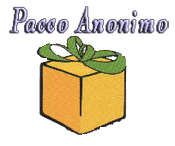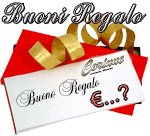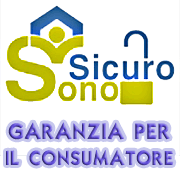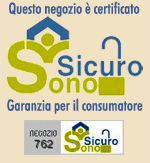| Meaning of the symbols we find on the labels | |
| Water-wash | |
 |
Washing instructions indicating the maximum washing temperature in °C (Degrees Celsius |
|
|
Hand wash (Wash by hand in water at low temperature, no more than 40°C) |
    |
Machine wash
|
|
|
Machine wash
|
|
Bleaching symbols |
|
|
|
Possibility to use any laundry bleach, even products containing chlorine |
|
|
Bleach allowed |
|
Drying Symbols |
|
|
|
Tumble dry at hot air, medium or low heat, according to the numbers of black dots, in case these are inside the drying symbol |
|
|
Line dry. After being spun or wrung, the garment must be hung up to dry |
|
|
Drip dry, hang to dry, (do not use spin cycle) |
|
|
Dry flat. (the garment must be stretched out on a flat surface to dry) |
|
Ironing symbols |
|
|
|
The black dots on the iron indicate the ideal temperature for every garment according to the fabric. |
|
|
1 black dot: maximum temperature of the sole plate of the iron : 110°C interposing a damp cloth |
|
|
2 black dots: maximum temperature of the sole plate of the iron: 150°C interposing a damp cloth |
|
|
3 black dots: maximum temperature of the sole plate of the iron: 200°C; moisten the fabric before ironing |
|
Drying cleaning symbols |
|
|
|
Dry clean symbol with indications about the solvent to use |
|
|
The line under the circle warns to use precautions when washing with restriction of:
|
|
|
The garment can be washed with all solvents normally used for dry-cleaning |
|
|
Dry clean, with perchloroethylene, monofluoro-trichloroethane, hydrocarbons following the standards procedures without using trichloroethylene |
|
|
Dry clean, with hydrocarbons and trifluoro-trichloroethane, following the normal procedures. |
|
Symbol of general ban |
|
|
|
Cross of St. Andrew
|




































